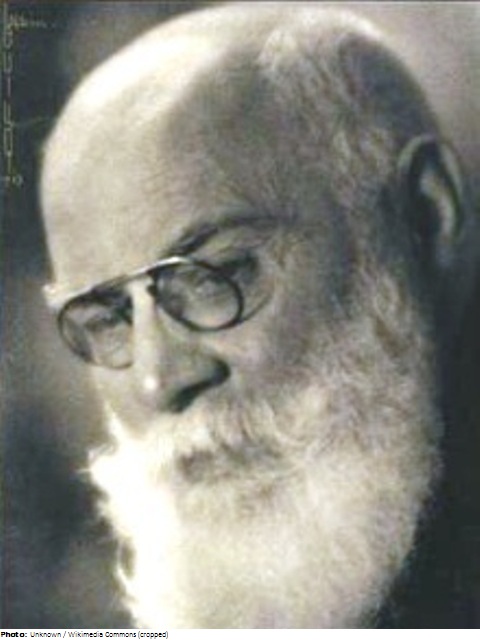Louis Bonnier was primarily known as a city architect in Paris, but he studied in Lille to become a painter. His family’s roots were in the Belgian region of Flanders. After his father’s early death he turned to architecture. In 1877, he was admitted to the École de Beaux Arts in Paris, and in 1884 he became city architect of Paris – even before his graduation, although he resided in the Mediterranean city of Cagnes-sur-Mer. He was appointed chief architect of the general facilities of the 1900 World’s Fair in Paris. In 1902, he was responsible for the creation of the new building regulations of the city of Paris. Nine years later he became director of the architectural services, roads and promenades and plantations of Paris. Since 1908, he also designed projects in Romania. Bonnier was professor at the Institut d’Urbanisme of the Paris University from 1926-30. In 1917, he founded the Ecole supérieure d’art public, which two years later became the Institut des Hautes Études Urbaines. There, he was professor until he retired in 1924. e retired in 1924. During all these years, he held many honorary positions, e.g. chairman of the board of the French architects’ association (SADG). In 1924 he was a member of the jury of the Olympic art competitions. In 1926, he was appointed Commander of the Legion of Honor.
His 1928 entry was the Plan of a swimming pool. The only pool that is mentioned among his projects was the Piscine de la Butte-aux-Cailles in Paris opened in 1924. It was built in the Art Nouveau style and is still in use and protected as a monument.

 France
France FRA
FRA FRA
FRA